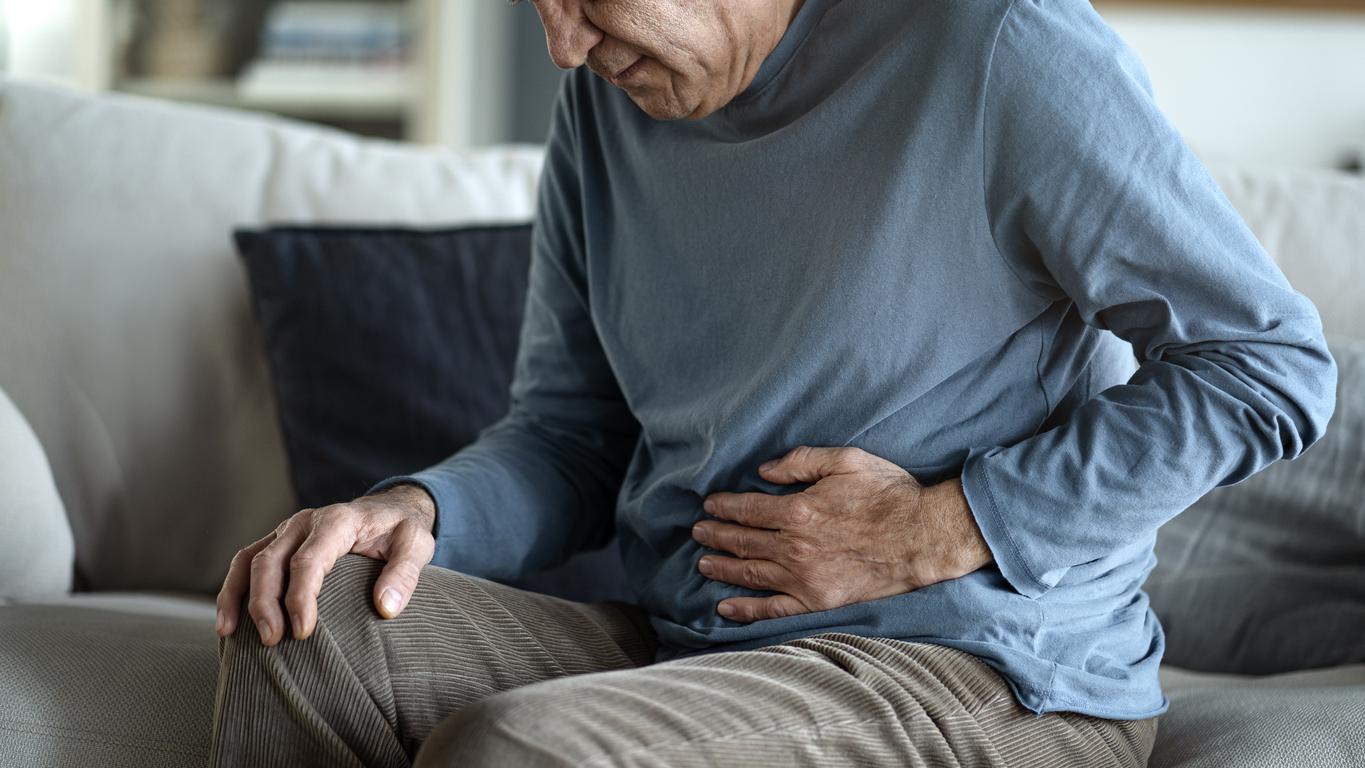
Thanks to its particularly rich nutritional composition (18 of the 22 essential nutrients), milk is still a benchmark food in the prevention of osteoporosis. A recent study published by the British Medical Journal1 However, it has just been very cold: not only does the milk not reduce the risk of fractures, but in addition, it significantly increases the risk of death.
The incriminated D-galactose
The authors of the study found that drinking too much milk could have unwanted effects due to its rich D-galactose composition. Experimental studies2-5 have in fact shown that chronic exposure to this compound is harmful to health and leads to premature aging in many animals. Effects have also been observed even in the case of low doses of D-galactose: the latter would cause changes related to aging such as a decrease in the immune response, an increase in oxidative stress, chronic inflammation and increased genetic mutations. Thus, a subcutaneous dose of 100 mg / kg of this compound (which is equivalent to 1 or 2 glasses of milk in humans) for example accelerates the phenomenon of senescence in mice. The repercussions of these phenomena on bone mineral loss6 therefore appear to contradict the recommendations for the consumption of milk for the prevention of fractures.
It is in this context that the researchers hypothesized that a large consumption of milk increased the risk of mortality and the occurrence of fractures. So far, no study has come to such a conclusion.7, 8. On the contrary. But for the first time, researchers have separated milk from other dairy products like cheese or yogurts that don’t contain D-galactose and whose anti-inflammatory and probiotic effects are well known.9, 10.11. In addition, other studies12, 13.14 showed that unlike milk, fermented milk products were associated with lower cardiovascular risks.
A risk of premature death doubled among heavy consumers
The study involved nearly 100,000 people (the majority of whom were women aged 39 to 74), followed for twenty years. During this period, 15,541 women died and 17,252 presented with a fractured femoral neck, while 10,112 men died and only 5,066 had their femur fractured. The analysis of these facts and the resulting conclusions are spectacular: the risk of death is almost doubled in women who drink 3 glasses of milk or more per day. Each additional glass thus leads to a 15% increase in mortality in women! This risk appears more modest in men since it is only 3%.
Yogurts and cheeses out of the question
The consumption of milk does not seem to improve the risk of fracture either, since for each additional glass of milk, on the contrary, a slight increase in the rate of fractures appears. Researchers have also found a link between milk consumption and the urinary concentration of certain markers of oxidative stress and inflammation, such as 8-iso PGF1α and interleukins 6. What about other dairy products? As the researchers predicted, the latter would be well associated with a reduction in the risk of fractures and death. However, the intervention of confounding factors remains possible; it is therefore advisable not to interpret the results of this study, which is already causing a lot of noise, too quickly.
|
Sources 1. Michaëlsson K et al. : Milk intake and risk of mortality and fractures in women and men: cohort studies. BMJ 2014; 349: g6015 2. Song X, Bao M, Li D, Li YM. Advanced glycation in D-galactose induced mouse aging model. Mech Aging Dev1999;108:239-51. 3. Cui X, Zuo P, Zhang Q, Li X, Hu Y, Long J, et al. Chronic systemic D-galactose exposure induces memory loss, neurodegeneration, and oxidative damage in mice: protective effects of R-alpha-lipoic acid. J Neurosci Res2006;83:1584-90. 4. Hao L, Huang H, Gao J, Marshall C, Chen Y, Xiao M. The influence of gender, age and treatment time on brain oxidative stress and memory impairment induced by d-galactose in mice. Neurosci Lett2014; 571C: 45-9. 5. Cui X, Wang L, Zuo P, Han Z, Fang Z, Li W, et al. D-galactose-caused life shortening in Drosophila melanogaster and Musca domestica is associated with oxidative stress. Biogerontology2004;5:317-25.6 6. Michaëlsson K, Wolk A, Byberg L, Ärnlöv J, Melhus H. Intake and serum concentrations of alpha-tocopherol in relation to fractures in elderly women and men: 2 cohort studies. Am J Clin Nutr2014;99:107-14. 7. Bischoff-Ferrari HA, Dawson-Hughes B, Baron JA, Kanis JA, Orav EJ, Staehelin HB, et al. Milk intake and risk of hip fracture in men and women: a meta-analysis of prospective cohort studies. J Bone Miner Res2011;26:833-9; 8. Kanise JA, Johansson H, Oden A, De Laet C, Johnell O, Eisman JA, et al. A meta-analysis of milk intake and fracture risk: low utility for case finding. Osteoporos Int2005;16:799-804. 9. Kumar M, Kumar A, Nagpal R, Mohania D, Behare P, Verma V, et al. Cancer-preventing attributes of probiotics: an update. Int J Food Sci Nutr2010;61:473-96. 10. Nestel PJ, Mellett N, Pally S, Wong G, Barlow CK, Croft K, et al. Effects of low-fat or full-fat fermented and non-fermented dairy foods on selected cardiovascular biomarkers in overweight adults. Br J Nutr2013: 110: 2242-9. 11. Sonestedt E, Wirfalt E, Wallstrom P, Gullberg B, Orho-Melander M, Hedblad B. Dairy products and its association with incidence of cardiovascular disease: the Malmo diet and cancer cohort. Eur J Epidemiol2011;26:609-18. 12. Astrup A. Yogurt and dairy product consumption to prevent cardiometabolic diseases: epidemiologic and experimental studies. Am J Clin Nutr2014;99:1235S-42S. 13. Patterson E, Larsson SC, Wolk A, Akesson A. Association between dairy food consumption and risk of myocardial infarction in women differs by type of dairy food. J Nutr2013;143:74-9. 14. Huth PJ, Park KM. Influence of dairy product and milk fat consumption on cardiovascular disease risk: a review of the evidence. Adv Nutr2012;3:266-85. |

















